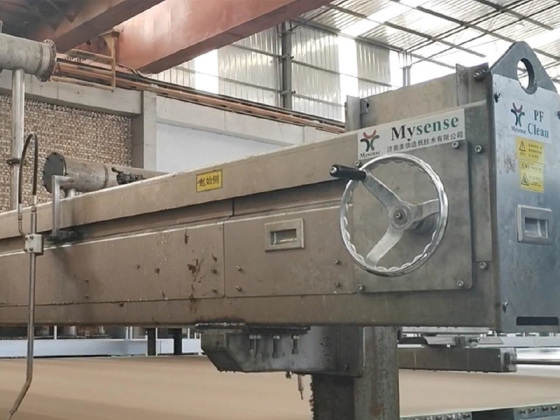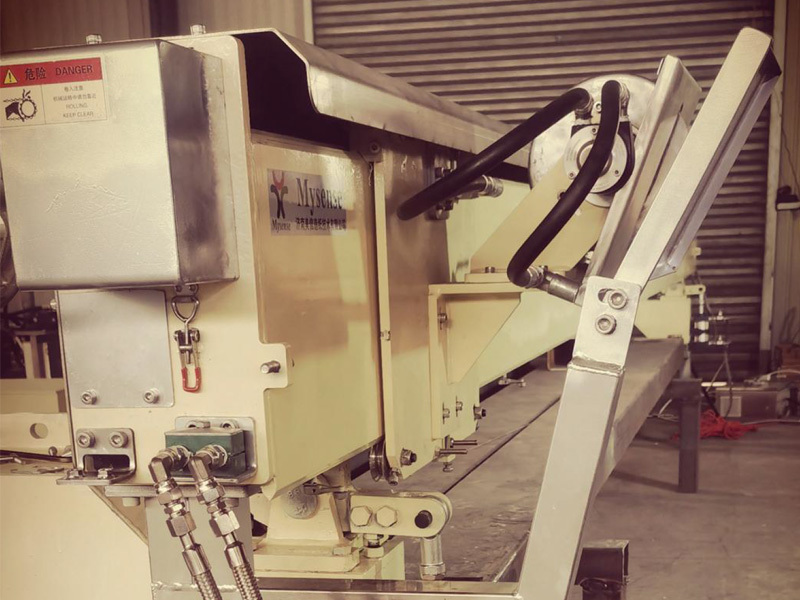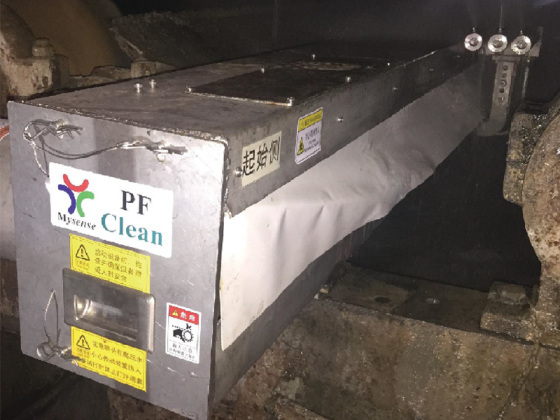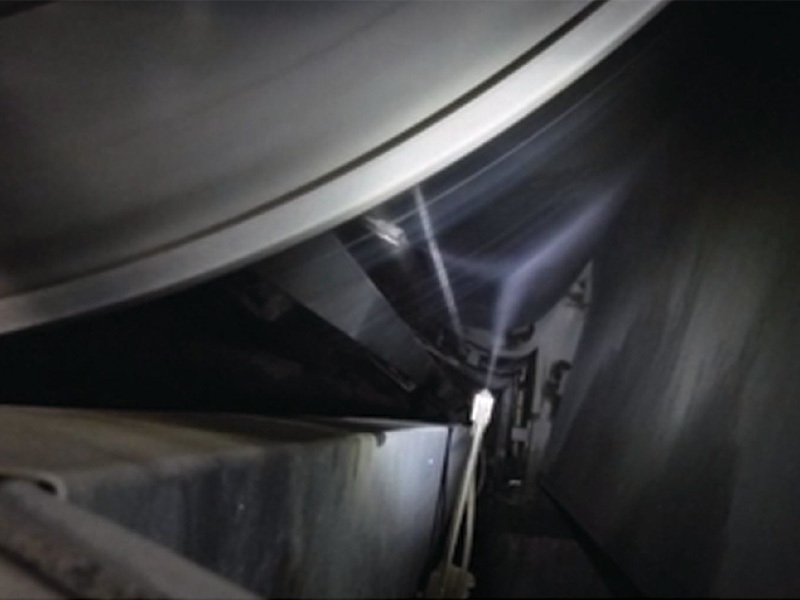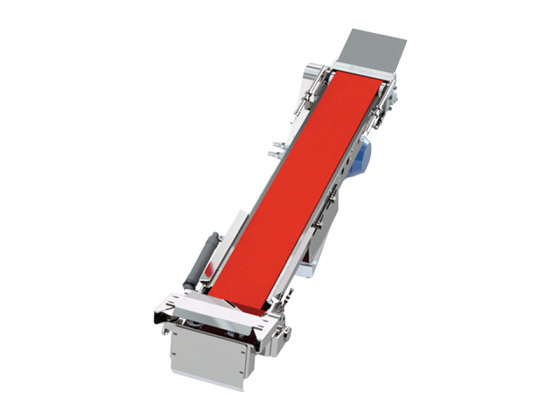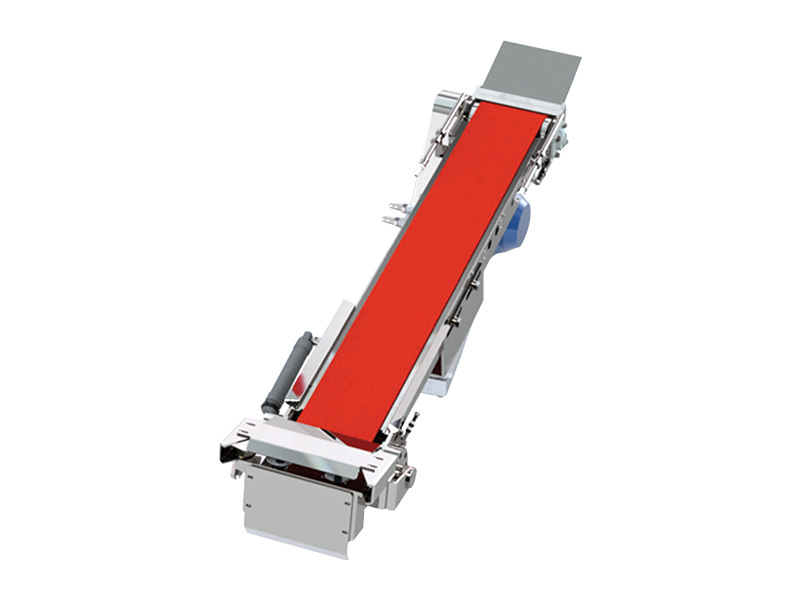Elevate Performance: Unlocking the Potential of Advanced Tail Cutters for Wet Section Applications
Published on:
2025-02-09 10:20
Elevate Performance: Unlocking the Potential of Advanced Tail Cutters for Wet Section Applications
Table of Contents
1. Introduction to Advanced Tail Cutters
2. The Importance of Tail Cutters in Wet Section Processes
3. Key Features of Advanced Tail Cutters
3.1 Precision Engineering for Optimal Performance
3.2 Material Composition and Durability
3.3 Innovative Design for Enhanced Functionality
4. Benefits of Using Advanced Tail Cutters in Manufacturing
4.1 Increased Efficiency and Speed
4.2 Improved Quality of Cut
4.3 Cost-Effectiveness and Waste Reduction
5. How to Select the Right Tail Cutter for Your Needs
5.1 Understanding Your Specific Requirements
5.2 Comparing Different Models and Features
6. Maintenance Tips for Advanced Tail Cutters
7. Case Studies: Success Stories with Advanced Tail Cutters
8. Frequently Asked Questions (FAQs)
9. Conclusion
1. Introduction to Advanced Tail Cutters
In the world of manufacturing, efficiency and precision are paramount. **Advanced tail cutters** have emerged as indispensable tools in various sectors, particularly in **wet section processing**. These cutting devices not only improve the quality of the final product but also enhance the overall operational efficiency of manufacturing processes. By leveraging innovative technologies, advanced tail cutters are designed to meet the increasing demands of modern industry.
2. The Importance of Tail Cutters in Wet Section Processes
Tail cutters play a critical role in the wet section of manufacturing processes, particularly in industries such as papermaking, textiles, and food production. In these applications, the need for precise cutting while managing the challenges posed by moisture is essential. The unique conditions of the wet section require specialized equipment that can perform efficiently without compromising quality.
3. Key Features of Advanced Tail Cutters
3.1 Precision Engineering for Optimal Performance
One of the standout features of advanced tail cutters is their **precision engineering**. These tools are crafted to offer meticulous cutting capabilities. The alignment and sharpness of the blades ensure that cuts are clean and accurate, which is crucial in maintaining product quality.
3.2 Material Composition and Durability
Advanced tail cutters are made from high-grade materials that enhance their durability and performance in wet environments. The ability to withstand corrosion and wear makes these tools reliable for prolonged use, reducing the need for frequent replacements.
3.3 Innovative Design for Enhanced Functionality
The design of advanced tail cutters incorporates ergonomic features that promote ease of use and efficiency. Many models include adjustable settings that allow operators to tailor the cutter’s performance to specific material types and thicknesses, further optimizing the cutting process.
4. Benefits of Using Advanced Tail Cutters in Manufacturing
4.1 Increased Efficiency and Speed
Utilizing advanced tail cutters can significantly boost production speed. Their design allows for rapid cutting without sacrificing quality, leading to higher output rates and improved operational efficiency.
4.2 Improved Quality of Cut
The precision offered by advanced tail cutters ensures that the quality of the cut is consistently high. This not only enhances the aesthetic appeal of the final product but also minimizes the need for rework, saving both time and resources.
4.3 Cost-Effectiveness and Waste Reduction
By reducing waste and improving cutting accuracy, advanced tail cutters can contribute to substantial cost savings in manufacturing. Their efficiency leads to lower material costs and a reduction in operational downtime, positively impacting the bottom line.
5. How to Select the Right Tail Cutter for Your Needs
Choosing the right tail cutter involves understanding your specific requirements. Factors such as material type, thickness, and the desired quality of cut should guide your selection process.
5.1 Understanding Your Specific Requirements
Identify the unique demands of your manufacturing process. Consider the types of materials you will be cutting and the conditions under which the cutter will operate. This information is crucial for selecting the most suitable advanced tail cutter.
5.2 Comparing Different Models and Features
Research various models and their features. Look for options that offer flexibility, durability, and ease of use. Reading customer reviews and seeking expert recommendations can also provide valuable insights into the best tail cutter for your needs.
6. Maintenance Tips for Advanced Tail Cutters
Proper maintenance of advanced tail cutters is essential for ensuring their longevity and performance. Regular cleaning, inspection for wear and damage, and blade sharpening are critical practices to keep your tools in top condition. Following the manufacturer’s guidelines for maintenance can prevent costly repairs and downtime.
7. Case Studies: Success Stories with Advanced Tail Cutters
Many manufacturers have successfully integrated advanced tail cutters into their processes, leading to remarkable improvements in efficiency and product quality. For instance, a leading textile manufacturer reported a 30% increase in production speed after implementing advanced tail cutters, while a paper mill noted a significant reduction in waste due to cleaner cuts. These real-world examples illustrate the profound impact that advanced tail cutters can have on manufacturing operations.
8. Frequently Asked Questions (FAQs)
**Q1: What types of materials can advanced tail cutters handle?**
Advanced tail cutters are versatile and can handle a variety of materials, including textiles, paper, and food products—particularly in wet conditions.
**Q2: How often should I maintain my tail cutter?**
Regular maintenance should be performed based on usage, but a general guideline is to inspect and clean the cutter after every use and conduct a thorough maintenance check monthly.
**Q3: Can I adjust the cutting speed of my tail cutter?**
Many advanced tail cutters come with adjustable speed settings, allowing operators to customize the cutting speed based on the material being processed.
**Q4: Are advanced tail cutters suitable for small-scale manufacturing?**
Absolutely! Advanced tail cutters are available in various sizes and configurations, making them suitable for both large-scale and small-scale manufacturing operations.
**Q5: Where can I purchase advanced tail cutters?**
Advanced tail cutters can be purchased from specialized manufacturing equipment suppliers, online marketplaces, and directly from manufacturers.
9. Conclusion
In conclusion, advanced tail cutters have revolutionized the wet section of manufacturing processes by offering improved precision, efficiency, and durability. Their unique features cater to the specific challenges faced in wet environments, making them a valuable investment for manufacturers seeking to elevate their performance. By understanding the benefits, maintenance requirements, and selection criteria for these tools, manufacturers can significantly enhance their operational capabilities and product quality. Embracing advanced tail cutter technology is not just a step towards modernization; it is a commitment to excellence in manufacturing.
Latest News



